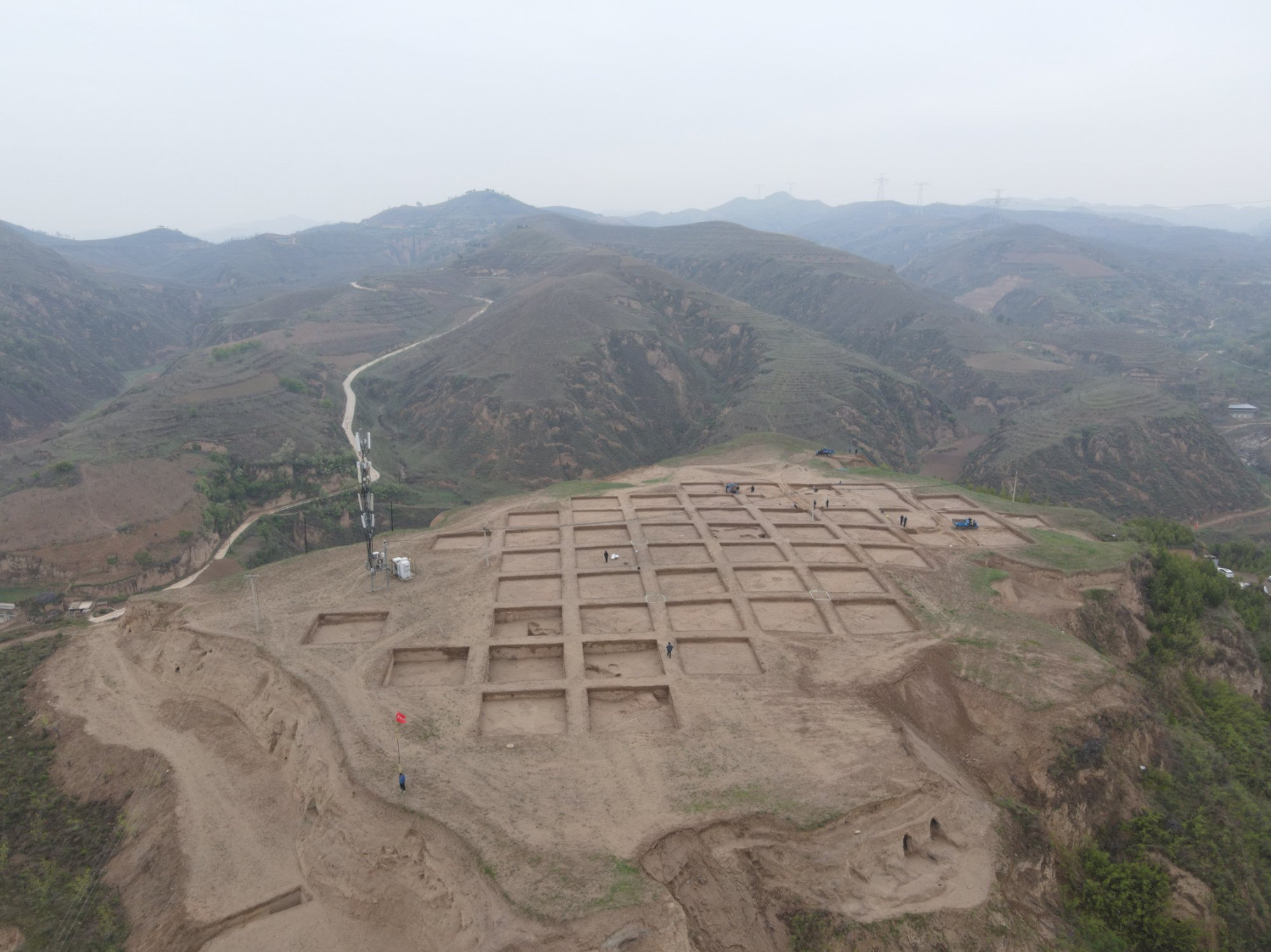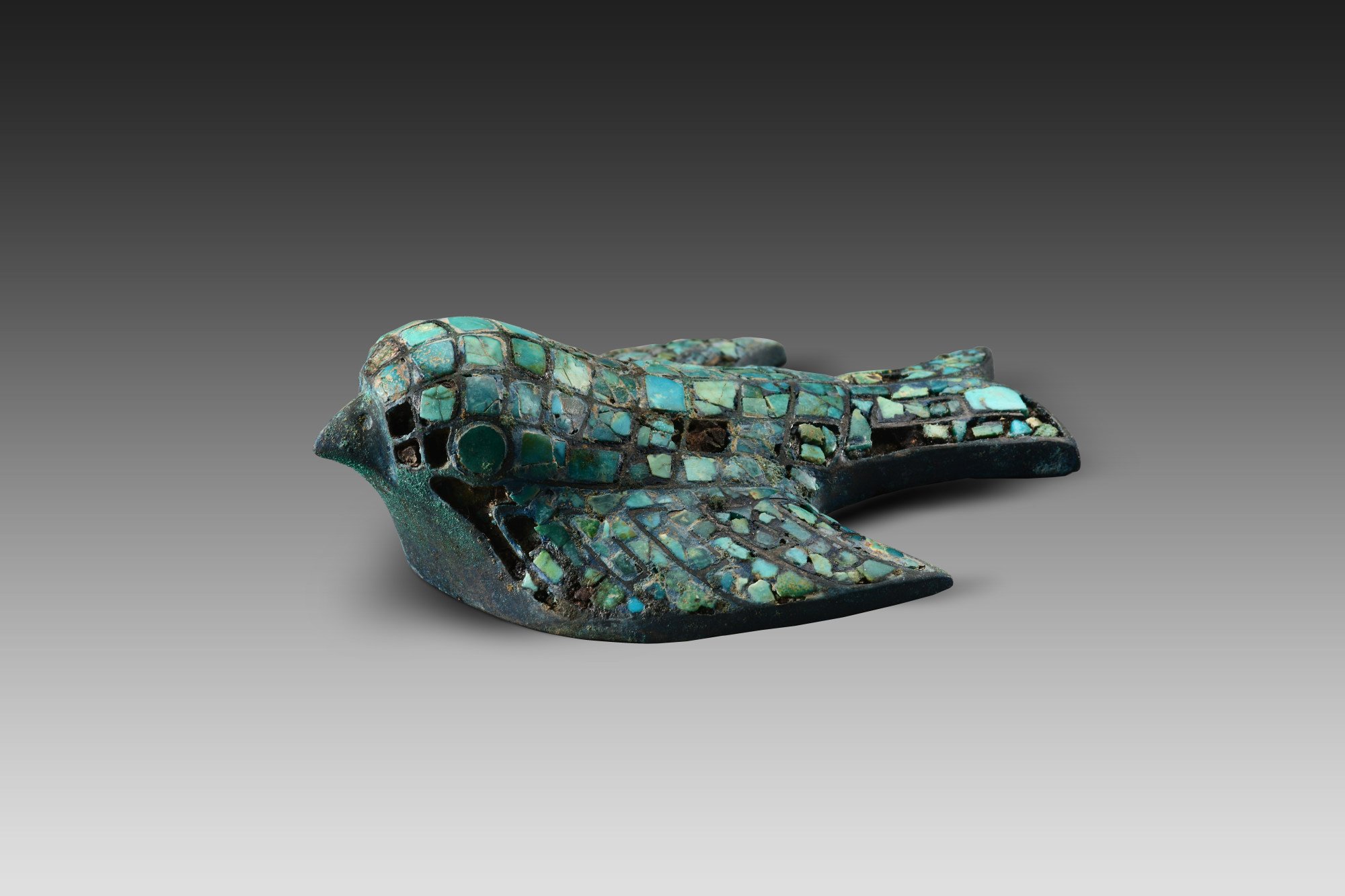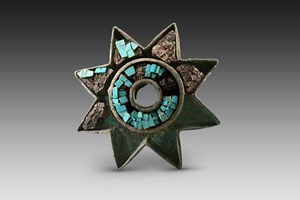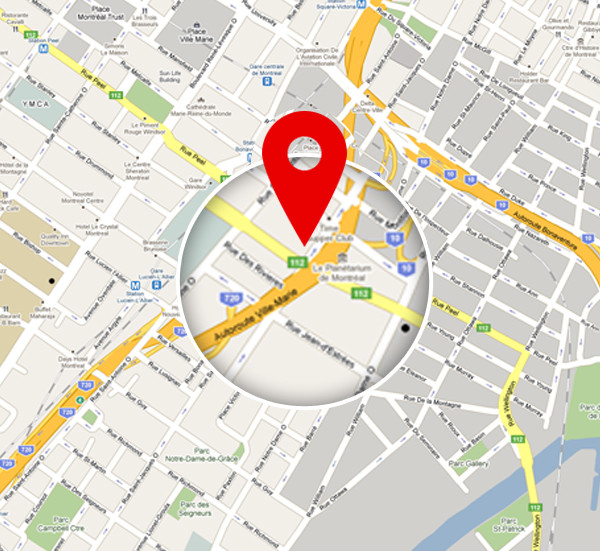
Among the finds were nine tombs of high-ranking nobility from the late Shang dynasty, the largest burial site of its kind ever unearthed in northern Shaanxi. These were found in the Zhaigou site situated on 11 hills featuring large rammed earth buildings, cemeteries and bronze-casting shops.
More than 200 burial objects were recovered from the tombs, including a set of accessories placed on chariots and horses, copper axes, sea shells, jade and crocodile bone. Researchers said the tombs offered insights into the political structure of the Shang dynasty and interactions between the Shang and northern cultures.

At the Xingong ruins in Beijing, one of the earliest Bronze Age settlements discovered in the capital, archaeologists found tombs laid out in order and facing in the same direction, suggesting a form of town planning. Some of the tombs also held burial objects such as painted pottery, jade and gold earrings, turquoise necklaces and red agate beads, reflecting the high social status of those buried.
The fourth site, near Handan in southern Hebei province, used to be a key military location during the Shang dynasty. The medium-sized settlement relating to the late Shang and subsequent Zhou dynasty was found to contain burial areas, roads, moats, pottery kilns, stone waterways and rows of houses.

In one of the houses, researchers found an indoor structure for heat circulation, which could be an early form of the Chinese kang, an ancient system of using a heated platform to keep homes warm over the long northern winter.







